So, what is an illustration? And what are the illustration styles available?
Illustrations mean an artist interprets a text, or even social meaning, turning it into a drawing or painting.
This often means incorporating personality or humor.
An illustration is used to create emotion or give a message. It is expressive in style and doesn’t demand attention. Illustrations are used in books, magazines, advertisements, comic books, cartooning, fashion design, storyboards and video games. There is no single way of illustrating, and there are many illustration styles.
Illustration styles

Although there are many different styles of illustration, these may be categorized into the following groups:
Literal Illustrations
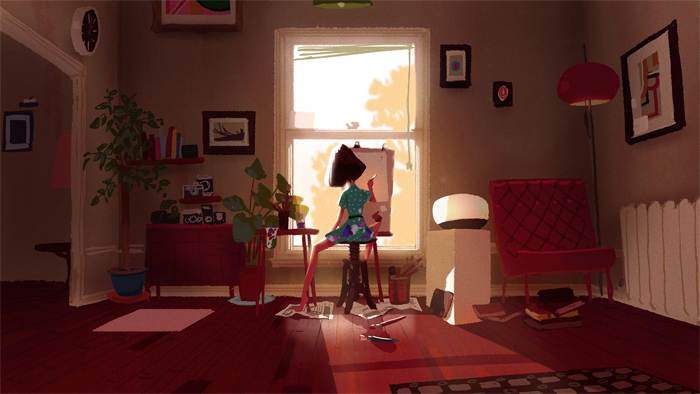
A literal illustration style depicts reality in a similar manner to non – fictional books. The picture depicts a credible scene, even while using fantasy or drama. Some examples of literal illustration include:
Photorealism – creating a photographic image
With photorealism, the artist uses a photograph as his source and creates a realistic replica in exquisite detail.
In photorealism, the artwork is often mistaken for a photograph. Drawing, perspective and color choice are crucial to this form of artwork. The artist often uses airbrushing, or hand-painting with acrylics or oils to achieve the final results.
Illustrations showing history or culture
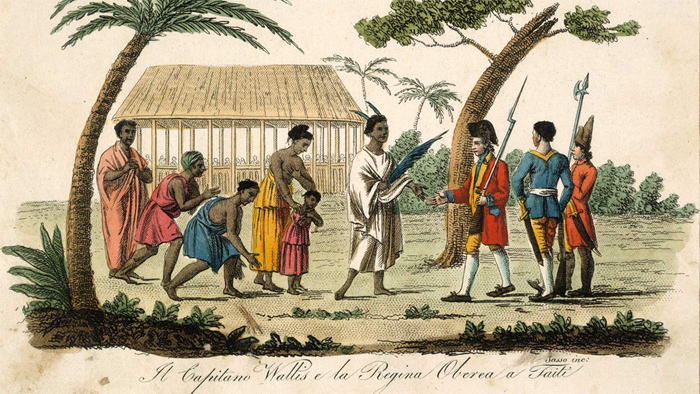
This type of illustration is used to depict historical or cultural events. Often used by a culture to depict scenes or circumstances, this form of illustration can also be used even within an era of photography in order to depict mood or add a sense of drama.
Although sometimes used to flatter or degrade a culture or figure, these illustrations are realistic enough to be seen as literal images.
Hyperrealism – as close to reality as possible
This form of illustration tries to erase the line between art and reality and is seen to be an advancement on photorealism.
Sometimes extra features are added to a representation or an artist may work with monochrome pencils to create a social message. However, the goal is to create an image that is as close to reality as possible.
Conceptual Illustrations
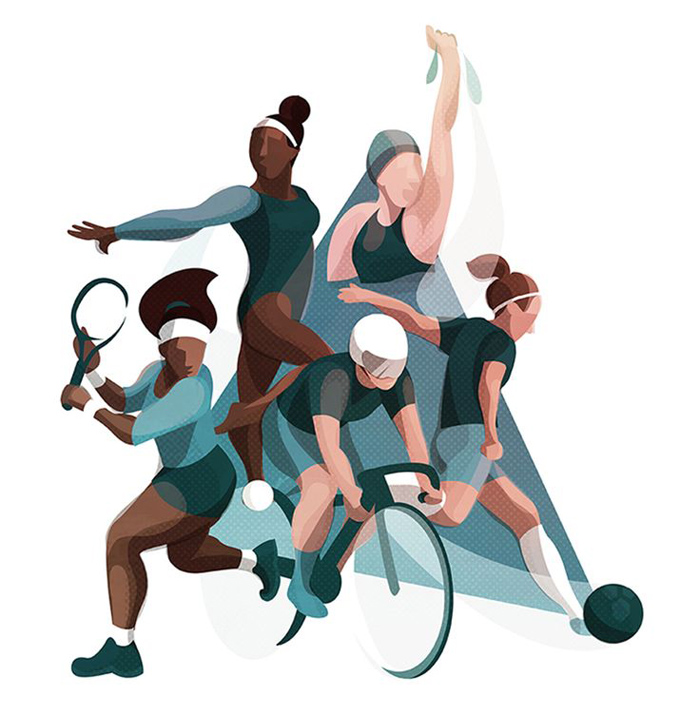
Conceptual illustrations are metaphorical, with thought or imagery taking the place of realism. Although this work might contain elements of reality, the goal is to convey mood, metaphor, and subjectivity. This form of illustration By could be compared to fictional writing, where anything goes. Examples include:
Images in sequence

Images in sequence tell a story and can be used for cartoons, graphic novels, and even to plan movie scenes. Styles may differ, from quick sketches, to fineliner drawings with airbrushed detail. Depending on the message, an image may use crisp, clean colour, or may use ink, jagged lines, and a chaotic layout in order to depict the messy business of politics.
Information graphics
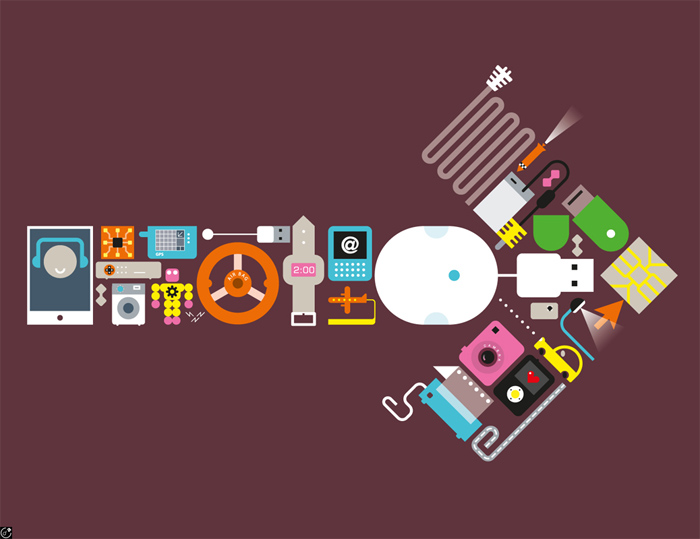
These are graphic representations of knowledge. They are often used to assist with understanding complex information.
While they show the audience what they are looking at, this is often represented in a way which contains additional insights. Some may look like literal illustration.
Abstract or distorted designs
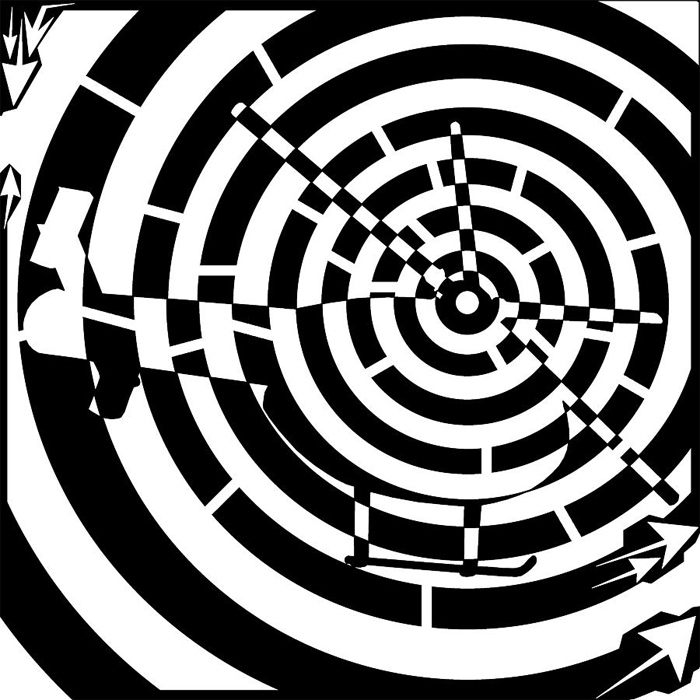
An expressive form of illustration, removed from reality, where representations emerge from imagination. As it is so subjective, two abstract artworks will look very different to one another.
Freehand digital drawings or illustrations
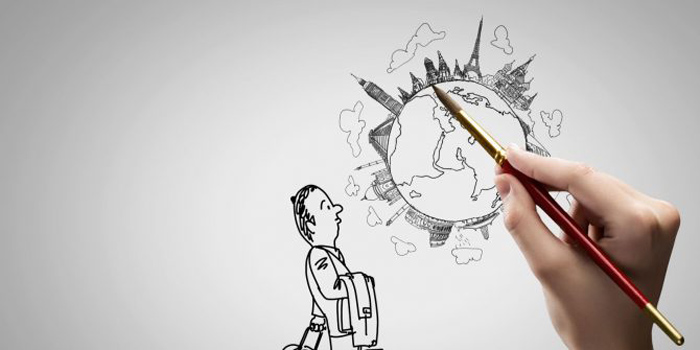
In this type of illustration, the artist draws on a digital pad, allowing for smooth transitions between light and shadow. An artist can use layers of imagery to create complex backgrounds and add fine detail. Many of these images use raster (or dot) format, limiting the size they can be blown up to before losing quality.
Vector graphics and illustrations
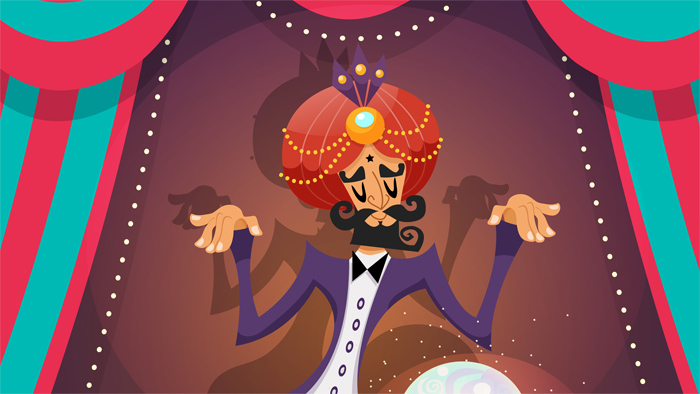
With vector graphics, mathematical equations are used to produce designs. As vector diagrams don’t use strokes in the way freehand digital drawing does, the images are not as smooth as freehand designs. They can, however, be blown up without losing quality. These images have clear shapes and outlines and are very popular for web illustrations.
Children’s illustrations
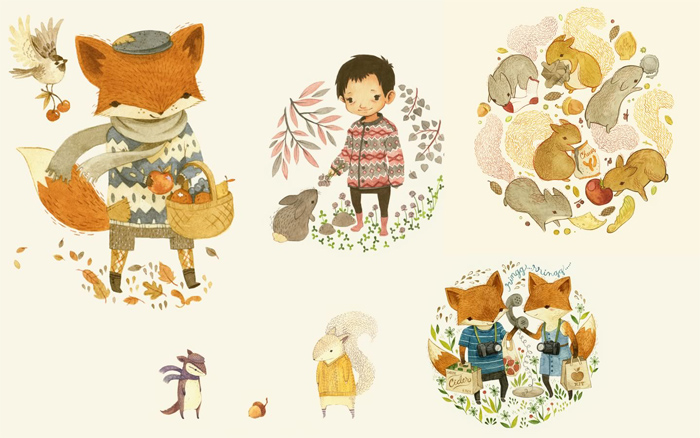
Children’s illustrations tell a story or give a visual representation of a tale or even an imaginary being. The style of illustration depends on the age of the child. Some may be complex and realistic, while others may be naïve. Many children’s illustrations are colourful, and contain a lot of movement or activity. Characters are often bright, colourful and friendly.
Illustrations for commic books and graphic novels
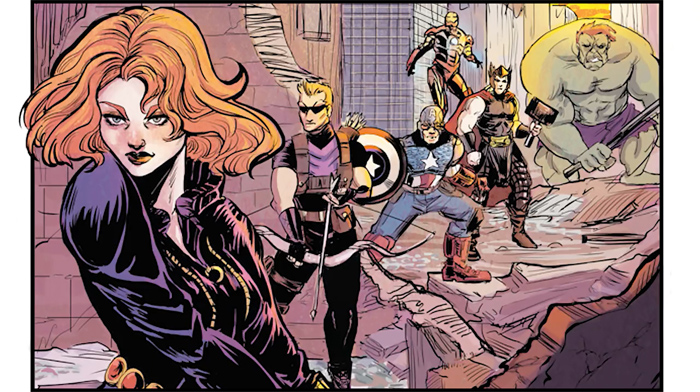
Comic books or superheroes often involve characters in action. Styles are often complex and range from line drawings to airbrushed images. However, cartooning is often one of the most frequently used styles in comics.
Comic images often come in panels and often involve speech bubbles, or narratives. There may be words which combine with actions, such as POW! The size of panels, as well as how often they feature helps to set the pace of the story.
Book covers and publications
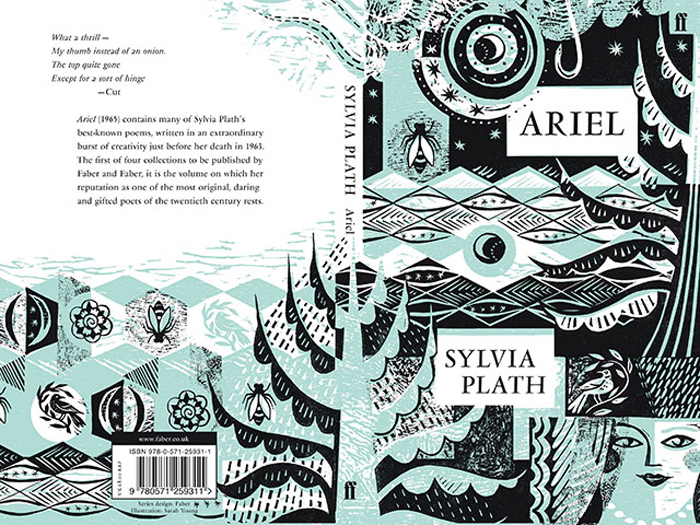
In many old books, such as those which focused on geography or natural history, illustrations were designed by hand and then reprinted. Now, however, book illustrations are designed in many different ways and then printed.
Illustrators are often used to design covers of books, in order to make them stand out in a bookshop. A cover often hints at what is inside the book and gives the idea of humor, seriousness, culture or movement.
Book illustrations range from cartoon style drawings to historical or cultural images. Although the saying ‘never judge a book by its cover’ is often repeated, it is actually the cover which will sell a book, and will assist the book with appealing to the correct audience.
Designs for logos or branding

Logos are a very specific style of illustration. Very often their goal is to give information about a product, using colour, font or imagery. Popular and easily recognizable logos include the Nike Swoosh or the Apple associated with Macintosh. Logos are often simple, but grab attention to a product, defining it as belonging to a particular brand.
Often this brand is associated with imagined qualities, such as speed, power or creativity, and the logo helps to conjure up this emotional message. Sometimes, businesses use more than simply a logo to assist with branding.
Many use mascots or images of their employees, in order to convey a message. This helps to transcend a product such as a shoe, and give it a deeper meaning in the minds of customers.
Tips to develop your illustration style
Using the internet, we are frequently introduced to illustrations in online news articles, the music we can download, comic books, adverts and even emails. This exposes us to a wide range of styles and is a good thing because it creates a wide range of examples to draw upon.
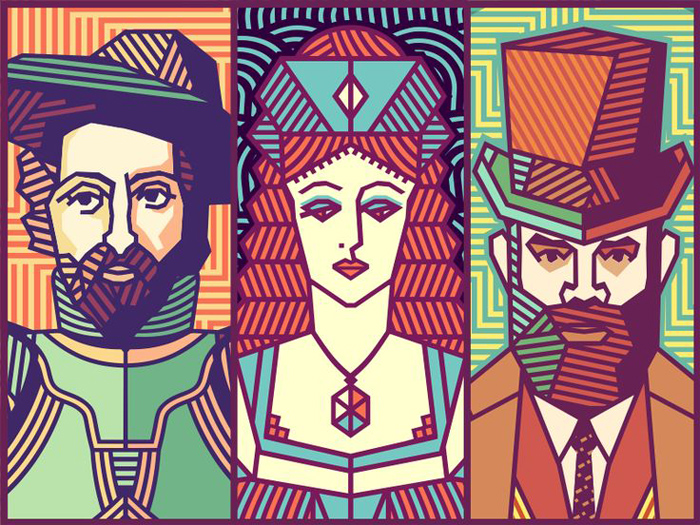
However, if you are bombarded with many good quality illustrations on a constant basis, how do you develop your own style? You Here are some tips:
Understand the underlying principles
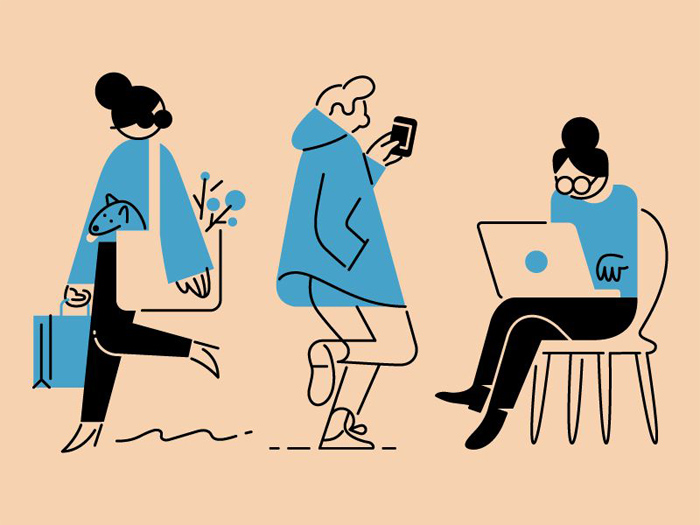
While it is possible to learn illustration through practice, this often means imitating the styles of other illustrators who have already developed a style of their own. Unleashing your own creative potential is considerably more important so that you can build and grow, developing your own talents and sharing your own messages.

Without copying, you may be asking “What is an illustrator?” A formal education will teach you the underlying principles, motivations, and techniques of illustration so that you can use these building blocks to create your own designs.
As well as learning from those already within the field, you’ll learn the philosophies which will enable you to join in, expressing your own style as you do so.
Explore new illustration styles
If you feel stuck in a style rut, reproducing work you’ve been doing for a long time, you might want to pick up some new illustration styles or techniques, to develop your own work further.
However, remember that there is no reason to force yourself into uncomfortable spaces. If you feel stuck, or don’t enjoy the work you are trying out, remember that no artist is capable of doing everything, and if something doesn’t feel right, be prepared to move on.
Try new mediums
If you’re recognized for your pen drawings, how about giving acrylics a try? Switching the medium you use may give a new dimension to your work, focusing on a new atmosphere, colour or flare. If you already use multiple mediums, you could try textures, etching, stencils or even metallics.
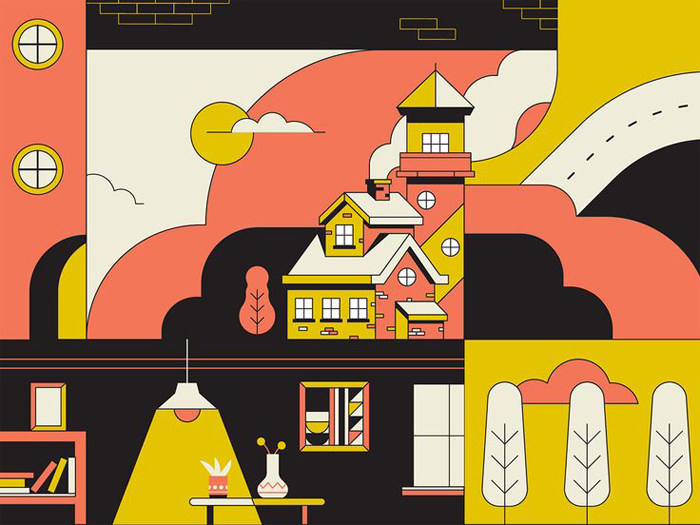
You could change your format from small drawings to large canvases, or from large-scale paintings to comic books sized imagery. Even though your results may not be exceptional at first, exploring new mediums will bring you out of your style rut by taking you out of your comfort zone. Your experimentation will be worth it.
Be true to yourself
When defining your illustration style, don’t work on designing it around what is currently selling on the marketplace at the moment. Your first commission is a big achievement, and making money from art is rewarding.
However, share your own style in the marketplace so that you are able to develop your own artistic identity. As the market moves constantly, trying to copy or imitate current trends will leave you one step behind.
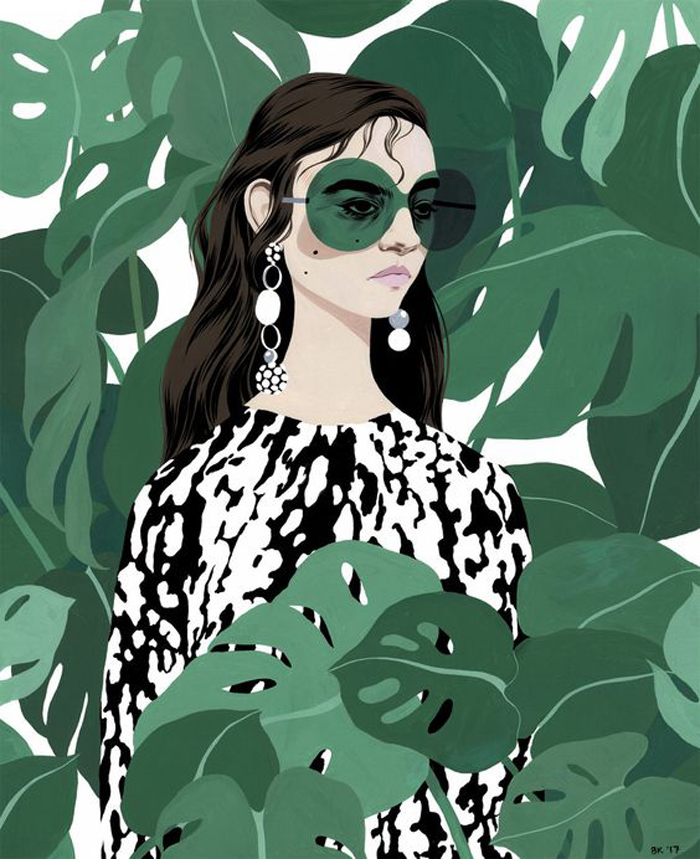
By developing your own style, you’ll be consistently working on your own techniques, improving and developing them, instead of remaining a second-rate version of illustrators you admire. Developing your own style means sharing your own meanings and bringing your own imagination into the foreground.
Without this, you won’t have the creative energy which will help to both define your work and keep you motivated. Without this, you risk losing your love of illustration.
Ending thoughts on illustration styles
There are many different illustration styles or techniques.
Some of them overlap.
However, understanding the different styles and the techniques they use gives you access to the principles behind each different design, enabling you to explore and expand on your illustration practice.
If you liked this article about illustration styles, you should check out these articles as well:
- Face Cards: The Intricate Playing Card Designs
- T-Shirt Design Ideas That Will Inspire You to Design a T-Shirt
- Poster Printing: How To Print A Poster Flawlessly
The post Illustration styles: definition and examples of this art appeared first on Design your way.
Source: http://ift.tt/2Ioc6hW

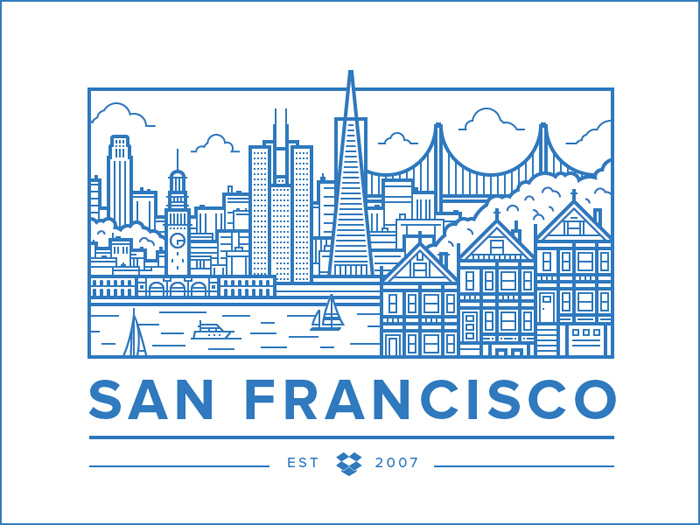




No comments:
Post a Comment